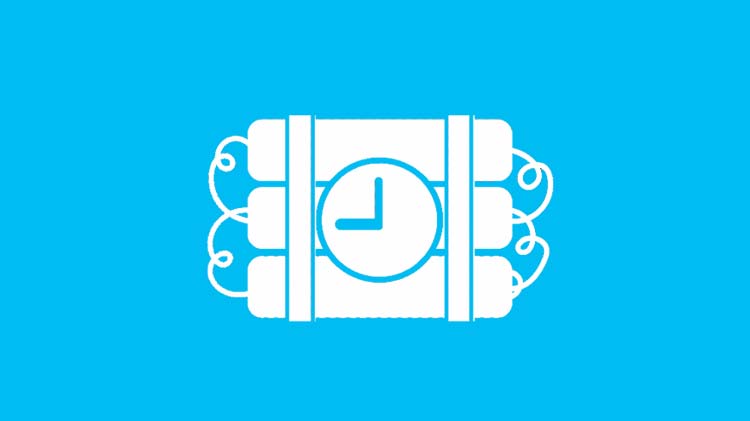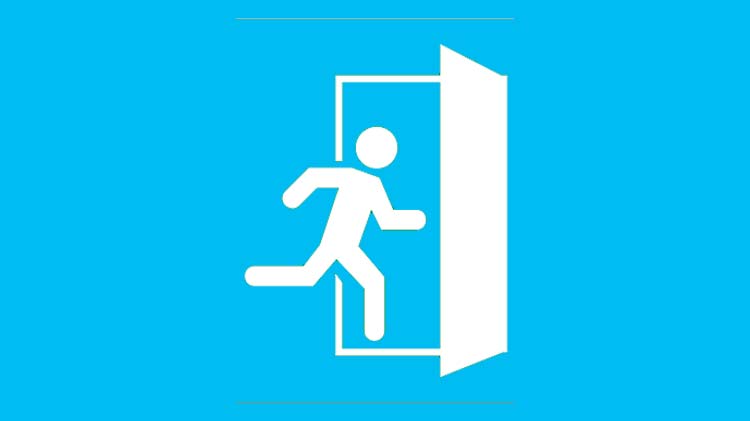Helping you prepare for a possible emergency situation on campus.
Emergency Operations
Information to help you prepare for a possible emergency situation on campus. Call 9-1-1 for Fire/Paramedic or Police.
In case of an emergency, call 9-1-1 from any campus phone or your cell phone. It is NOT necessary to dial 9 prior to 9-1-1 from the campus phone. Dialing 9-1-1 will call outside services such as Fire, Police, or Paramedics. The Public Safety business line, for non-emergencies is (714) 241-6360.
Contact Information
-
Safety Phone Numbers
NOTE: for life threatening emergencies, dial 911.
Campus Safety
- Fountain Valley Student Services Center Public Safety
- (714) 837-6026
- Garden Grove Campus Public Safety
- (714) 837-6071
- Newport Beach Campus Public Safety
- (714) 837-6502
- Westminster - Le-Jao Campus Public Safety
- (714) 837-6477
Police Departments (Non Emergency)
- Fountain Valley Police
- (714) 593-4485
- Garden Grove Police
- (714) 741-5704
- Newport Beach Police
- (949) 644-3681
- Westminster Police
- (714) 898-3315
Title IX Coordinator
Maintenance & Operations
Guides to Safety
- Coast Community College District Police Department Protocol Manual
- Coast Community College District Hazard Mitigation Planning Process
Disasters and major emergencies often occur without warning and create serious risk for Coastline College. The purpose of this section is to provide information on how the college plans to respond to a disaster or emergency, as well as information on how you should respond to emergencies you may encounter.
Although several specific emergency procedures are covered here, it would be impossible to list everything that could possibly go wrong.
-
General Guidelines
General Guidelines
When confronted with an emergency, remember these general guidelines:
- Remain as calm as possible.
- If you are instructed to evacuate a building:
- Cooperate with emergency personnel.
- Move at least 100 feet away from the building or as far away as possible.
- Keep streets, fire lanes, hydrants, and walkways clear for emergency vehicles and personnel.
- DO NOT re-enter evacuated buildings until designated officials say it is safe to do so.
- If requested, assist emergency personnel.
- An emergency command post may be set up near the emergency site. Keep clear of the command post unless you have information to report.
- The college may not have immediate assistance for up to 72 hours.
- You should keep emergency supplies in your car and office.
The nature and quantity of hazardous substances used in laboratories require preplanning to respond safely to chemical spills. The clean-up of a chemical spill should only be done by knowledgeable and experienced personnel. Spill kits with instructions, absorbents, protective equipment and disposal bags and labels should be available to clean up minor spills. A minor chemical spill is one that the laboratory staff is capable of handling safely without the assistance of emergency personnel. All other chemical spills are considered major.
All laboratories utilizing hazardous chemicals must have standard operating procedures that address chemical spill response actions. These SOPs must identify appropriate response equipment, procedures, and limitations.
Prepare before a Quake
- Plan an escape route and an alternate. Locate the stairwell exit nearest you and an alternate in case the first is blocked. Keep a flashlight handy.
- Keep personal supplies in your car or desk. A change of clothing, shoes, medication, water, and blanket are just a few things to have available.
- Secure tall furniture to the wall. Keep heavy items on the bottom of shelves. This applies to both home and work.
- Store chemicals properly. Separate incompatible chemicals and keep them on shelves with protective barriers or behind cupboard doors that lock.
- Learn First Aid & CPR.
Call for Help
- Report all on-campus medical emergencies immediately to the Public Safety Department from a campus phone.
- When a person cannot or should not be moved has breathing difficulty or suspected heart attack.
When fire or smoke is discovered:
- Rescue/Remove Persons in Immediate Danger
- Activate Alarm and Call 9-1-1
- Confine/Contain the Fire. Close Door After Exiting Area
- Extinguish with Portable Fire Extinguisher if Possible, or Evacuate
Bomb threats usually come on the telephone and generally are made by individuals who want to create an atmosphere of general anxiety or panic. All bomb threats should be assumed to pose a legitimate danger to the campus population.
If you observe a suspicious object or potential bomb on campus, Do Not Touch The Object. Clear the area and immediately call Campus Safety.
- Leaking with something unusual
- Ticking or any noise
- Exposed wiring or other suspicious hardware
- No return addresses
- Incorrect address
In the event of a major failure occurring during regular business hours, immediately notify Maintenance and Operations. If there is potential danger to the building occupants, or if the utility failure occurs after hours, weekends or holidays, notify Maintenance and Operations at the earliest convenience.
When a hostile person is shooting a weapon or otherwise causing death or serious injury to other persons on Coastline property, or is threatening imminent death or injury, we recommend that students, faculty, and staff take the following steps to try to avoid harm.
Crisis Intervention & Threat Assessment
Students who are experiencing a psychological or emotional crisis often need immediate help and intervention. Some examples of serious crises include: 1) suicidal or homicidal thoughts or impulses; 2) sexual or physical assault; 3) hearing voices or otherwise misperceiving reality; 4) overwhelming loss, such as a death in the family. Listed below are services available in crisis situations.
Evacuation Procedures
- Everyone must leave the building immediately if the fire alarm is activated, or if directed to do so by Campus Safety officers or building managers.
- To exit the building, use the nearest safe exit or exit stairwell. Never use elevators in an emergency evacuation.
- If the nearest exit or exit stairwell is obstructed by smoke, fire or other hazards, proceed to another exit or exit stairwell.
- During stairwell evacuation, hold the handrail and stay to one side of the stairwell. Allow enough room for others to enter the flow of traffic.
- Once outside the building, assemble away from the facility and stand by for instructions from emergency personnel. Every department should have an agreed-upon evacuation assembly location outside the building.
FREE Emergency Preparedness Training
The American Red Cross is offering free disaster preparedness trainings! Build confidence by learning simple steps you can take now, to help prepare and protect your family. To learn more about this training or schedule a presentation, sign up, call (714) 313-5440, or take a look at the Disaster Prepardness Training flyer.
Responding to Active Shooters on Campus
Coastline College takes safety of its students very seriously. Watch the video to learn how to respond to an active threat on campus.
Get In Touch
Michael Toledo, Public Safety Director
Student Services Center in Fountain Valley
Monday - Friday, 8am - 5pm
P: 714.241.6360














